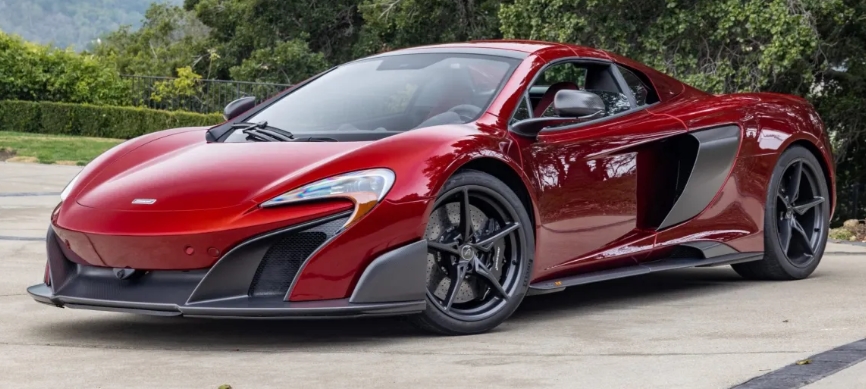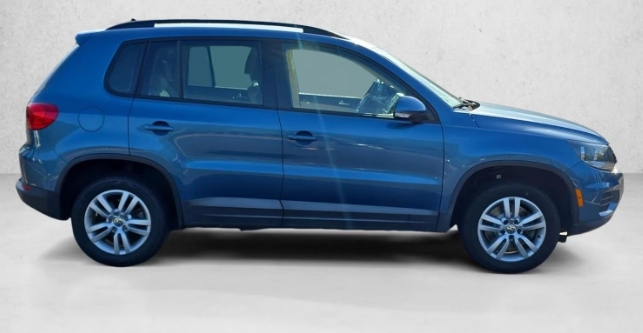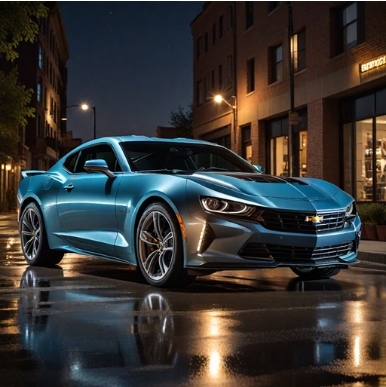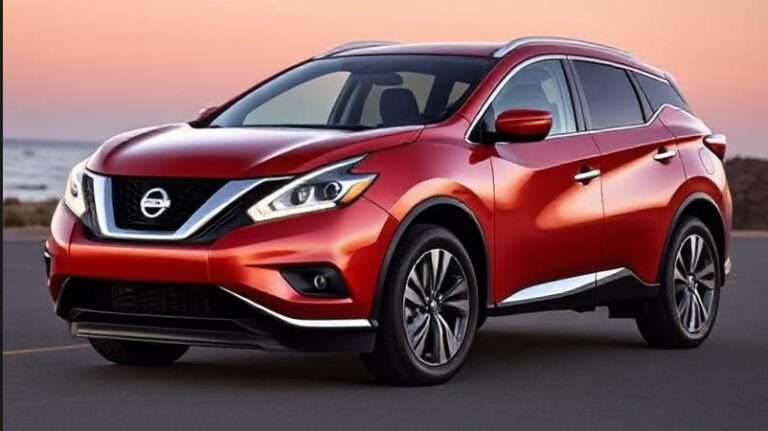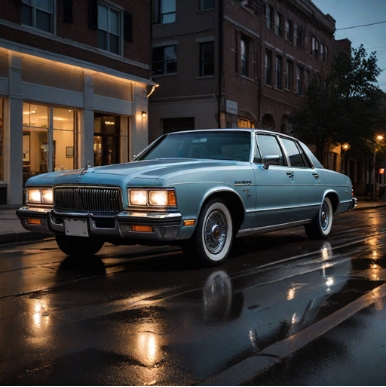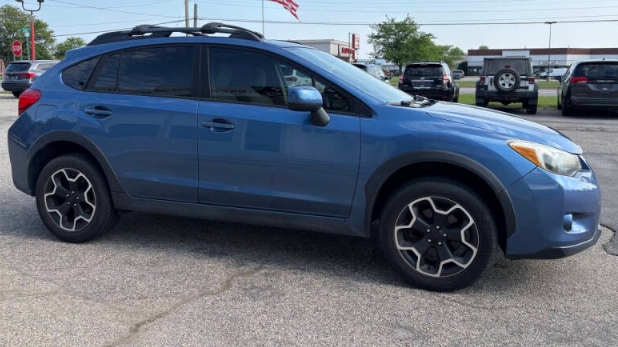The Longtail Legacy Evolution: A Deep Dive into the McLaren 675LT
The name “Longtail” in the McLaren lexicon is not merely a designation; it’s an invocation of racing heritage, aerodynamic prowess, and a commitment to shedding every ounce of excess for pure, unadulterated performance. When McLaren revived the moniker for its road-going Super Series in the mid-2010s, it wasn’t a casual nod to the past. The McLaren 675LT, launched in 2015, was a deliberate and masterful evolution, a car that proved you could distill the essence of a track weapon into a road-legal supercar that was both exhilarating and remarkably usable. This is the story of the 675LT’s evolution, its pivotal role within McLaren’s Super Series, and the specific models and trims that cemented its legendary status.
The Genesis of the Longtail Concept: From F1 GTR to Super Series Revival
The “Longtail” name originates from the McLaren F1 GTR race car of the 1990s. To meet Le Mans racing regulations and improve aerodynamics, the GTR’s bodywork was extended at the rear, creating a distinctive and highly effective long tail. This modification significantly enhanced stability and downforce, becoming synonymous with the F1 GTR’s dominance.
Fast forward to the modern era, and McLaren Automotive, having established its Super Series line with the groundbreaking 12C and subsequently the potent 650S, recognized an opportunity to inject a more focused, track-oriented variant into the range. The Super Series, positioned above the entry-level Sports Series (like the 570S) and below the Ultimate Series (like the P1 and Speedtail), was the perfect platform for a revival of the Longtail philosophy.
The McLaren 675LT: A Masterclass in Focused Engineering (2015-2017)
The McLaren 675LT Coupé was officially unveiled in early 2015, with production commencing in the same year. It was a significant departure from its 650S sibling, representing a deliberate effort to create a lighter, more powerful, and aerodynamically superior machine. McLaren’s engineers meticulously re-engineered over 50% of the 650S’s components to achieve this transformation.
At its heart lay an evolution of McLaren’s superb 3.8-liter twin-turbocharged V8 engine, now designated the M838T L. For the 675LT, this powerplant received revised turbochargers, new cylinder heads, and a more efficient exhaust system, pushing its output to a formidable 675 PS (666 bhp) and 700 Nm (516 lb-ft) of torque. The “675” in its name directly reflected this power output in PS.
Beyond the power hike, it was the weight reduction that truly defined the 675LT. McLaren employed extensive use of carbon fiber, including a new carbon fiber monocoque chassis, a lighter flywheel, and optimized suspension components. The result was a dry weight of just 1,230 kg (2,712 lbs), a staggering 100 kg lighter than the 650S. This aggressive weight-saving regime was a direct nod to the Longtail ethos.
Aerodynamics were also paramount. The 675LT featured a 40% larger active rear wing than the 650S, which served as an airbrake. New front splitter, side sills, and rear diffuser, all crafted from carbon fiber, contributed to a significant increase in downforce. The iconic “Longtail” visual cue was subtly present in the extended rear end, though not as dramatically as the original F1 GTR.
The chassis received a host of upgrades, including stiffer springs, revised dampers, and a wider track, all contributing to sharper handling and improved feedback. The braking system was also enhanced with new calipers and larger discs.
.

.
Models and Trim Levels of the 675LT:
The 675LT story is largely defined by its two principal body styles, each offering a distinct McLaren experience.
- McLaren 675LT Coupé (Produced 2015-2016): This was the initial launch model, and it immediately captured the attention and admiration of the automotive world. It embodied the pure, unadulterated Longtail concept with its fixed-roof structure offering the stiffest chassis and the most focused driving dynamics. The Coupé was produced in a strictly limited run, with production slots selling out rapidly. Its exclusivity further amplified its desirability.
- McLaren 675LT Spider (Produced 2016-2017): Following the immense success and demand for the Coupé, McLaren introduced the 675LT Spider in late 2015, with production commencing in 2016. The challenge for McLaren’s engineers was to maintain the Longtail’s performance pedigree while incorporating the retractable hardtop mechanism. Remarkably, they achieved this with minimal compromise. The Spider lost only a negligible amount of stiffness and gained a minimal amount of weight, retaining the 675LT’s sensational performance and handling characteristics. The retractable hardtop could be deployed or stowed at speeds up to 30 mph, offering the thrill of open-air motoring without sacrificing the core performance of the Longtail. Like the Coupé, the Spider was also a limited production model.
Beyond the Core Models: The 675LT’s Special Editions and Packages
While the primary models were the Coupé and Spider, McLaren offered various options and packages that allowed for further personalization and exclusivity. These weren’t separate “trim levels” in the traditional sense but rather ways to tailor the already potent 675LT.
- MCLAREN SPECIAL OPERATIONS (MSO) Customization: McLaren’s in-house customization division, McLaren Special Operations (MSO), played a significant role in the 675LT’s lifecycle. MSO offered bespoke paint colors, unique interior finishes, and carbon fiber detailing that allowed owners to further differentiate their cars. This included special liveries and bespoke materials, making each MSO-commissioned 675LT a truly unique piece of automotive art.
- “Carbon Black” and “Ceramic Grey” MSO Editions: While not separate models, MSO produced a limited number of 675LT Coupés in specific, highly desirable MSO paint finishes like “Carbon Black” and “Ceramic Grey.” These were often presented as special editions due to their unique paintwork and sometimes subtle MSO enhancements.
- Performance and Styling Options: Standard options across both Coupé and Spider models included various wheel designs, brake caliper colors, and interior trim choices. However, the true customization came through MSO. For instance, owners could opt for extensive carbon fiber exterior packs, lightweight racing seats, and unique steering wheel materials.
The 675LT’s Impact and Legacy:
The McLaren 675LT was more than just another supercar; it was a statement of intent from McLaren. It demonstrated the company’s ability to distil its racing DNA into a production vehicle with an intensity that surprised even seasoned automotive journalists and enthusiasts.
- Performance Benchmark: The 675LT set a new benchmark for road-legal track cars. Its blistering acceleration (0-60 mph in around 2.9 seconds for the Coupé and 3.0 seconds for the Spider), incredible grip, and razor-sharp responsiveness made it a formidable machine on both road and track.
- Driver Engagement: Unlike some of its more sterile rivals, the 675LT offered a raw and engaging driving experience. The sound of the revised V8, the directness of the steering, and the communicative chassis all contributed to a visceral connection between driver and machine.
- Exclusivity and Desirability: The limited production numbers for both the Coupé and Spider ensured their exclusivity and fueled their desirability in the used car market. Today, 675LTs remain highly sought after by collectors and driving enthusiasts alike.
- Paving the Way for Senna and the Ultimate Series: The success of the 675LT undeniably validated McLaren’s strategy of creating more focused, track-oriented variants of their Super Series cars. It served as a crucial stepping stone, demonstrating the market’s appetite for such machines and likely influencing the development of even more extreme models like the McLaren Senna, which further pushed the boundaries of track performance.
Technical Specifications (General):
While specific details varied slightly between Coupé and Spider, the core mechanicals remained consistent:
- Engine: 3.8-liter twin-turbocharged V8 (M838T L)
- Power: 675 PS (666 bhp)
- Torque: 700 Nm (516 lb-ft)
- Transmission: 7-speed dual-clutch SSG (Seamless Shift Gearbox)
- Drivetrain: Rear-wheel drive
- Dry Weight: Approximately 1,230 kg (Coupé) / 1,270 kg (Spider)
- 0-60 mph: Approx. 2.9 seconds (Coupé) / 3.0 seconds (Spider)
- Top Speed: Approx. 205 mph
Conclusion:
The McLaren 675LT stands as a significant chapter in McLaren’s modern history. It was an uncompromising pursuit of performance and driver engagement, a car that proudly wore its Longtail heritage and delivered on its promise of a truly visceral driving experience. From its 2015 Coupé debut to the 2016 Spider variant, and through the bespoke touches offered by MSO, the 675LT cemented its place as a modern supercar icon. It proved that even within the highly competitive supercar landscape, there was a fervent desire for a machine that prioritized the raw thrill of driving, a desire that the “Longtail” name, revived and re-energized in the 675LT, perfectly fulfilled. It was a car that didn’t just accelerate; it resonated, leaving an indelible mark on the automotive world.
